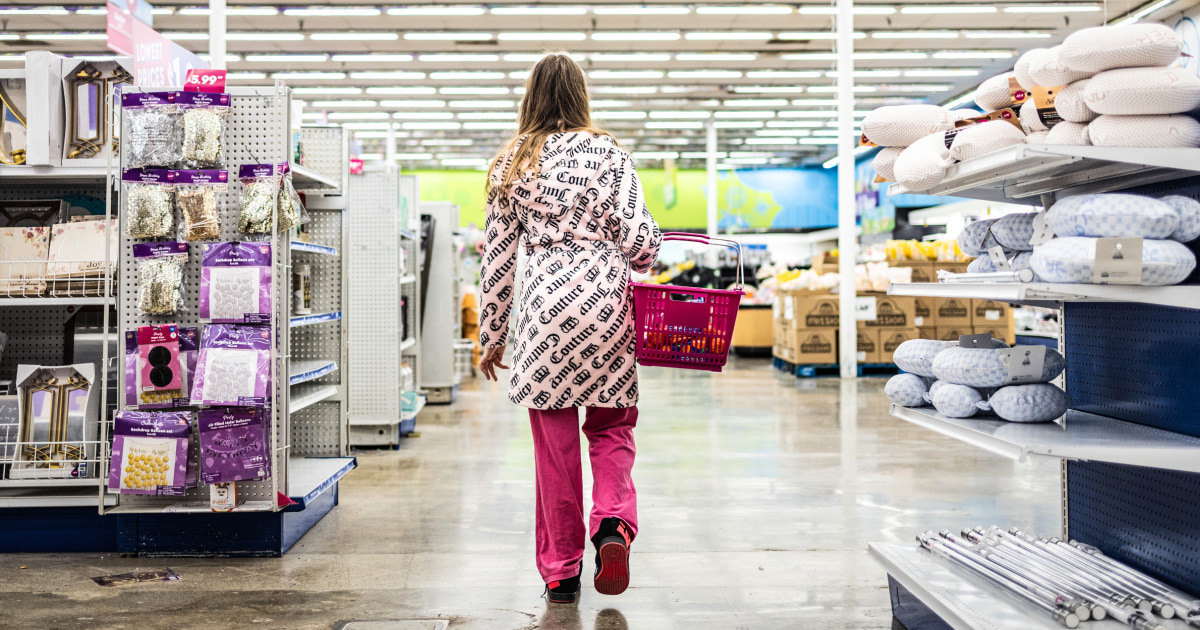
Consumers will have to be patient as they wait for price increases to meaningfully slow down, economists say.
With annual inflation rates stalling above its 2% target, the Federal Reserve was expected to keep its key interest rate unchanged at between 5.25% and 5.5% — the highest level in more than a decade.
Last month, the consumer price index came in at 3.5% on an annual basis, driven by rising housing costs and insurance rates, especially auto insurance.
“We’re just a mile a way from the finish line,” said Mark Zandi, chief economist at Moody’s, referring to the economy reaching 2% inflation. “We’re very close, but still not there. I do think that inflation will continue to moderate.”
The Fed has sought to slow inflation by keeping interest rates elevated. By making it more expensive for businesses and consumers to borrow money, including through credit cards, the Fed hopes to reduce demand for goods and services, thereby reducing price growth.
So far, the results of doing this have been mixed. After a period of rapid interest rate hikes, the pace of inflation fell from more than 9% in the summer of 2022 to its current levels of between 3% and 4%.
But the decline has since stalled.
There are complex reasons for the lack of progress and many elements may actually be out of the Federal Reserve’s control. Home and auto insurance companies continue to pass on higher costs to consumers. Meanwhile, even as many consumers struggle, post-pandemic wealth gains have left others — especially older consumers — with plenty of money to spend, despite higher prices.
Whatever the case, the wait for slower inflation has left the average consumer in an increasingly dour mood. On Tuesday, the Conference Board’s monthly Consumer Confidence Index came in at its lowest level since July 2022. Consumers expressed more concern about the current labor market situation, future business conditions, job availability and income, the group said.
Still, most analysts say the odds of a recession are remote. In the most recent GDP report, spending on services, which includes everything from restaurants to airfare to professional services, came in at 4% year-on-year, the fastest rate since 2021.
“Don’t underestimate this economy,” economists with Wells Fargo said in a report following the release.
Consumers thus appear to be sensing that the most crucial part of the economy — the jobs market — is slowing, even while prices remain elevated.
Fed Chair Jerome Powell acknowledged this complex economic environment in remarks in early March.
“The outlook is still quite uncertain,” Powell said. The central bank must balance its campaign against elevated inflation with ensuring the economy does not slip into a recession.
Economists like Zandi aren’t expecting the Fed to raise interest rates, either.
Instead, the Fed will likely continue to keep rates elevated — perhaps even until after the November general election so that it does not appear to favor one candidate or another.
“[Powell’s] message is clear: We can’t cut rates and we’re not there yet,” Zandi said. “We’ve still got a ways to go.”
Source: | This article originally belongs to Nbcnews.com









